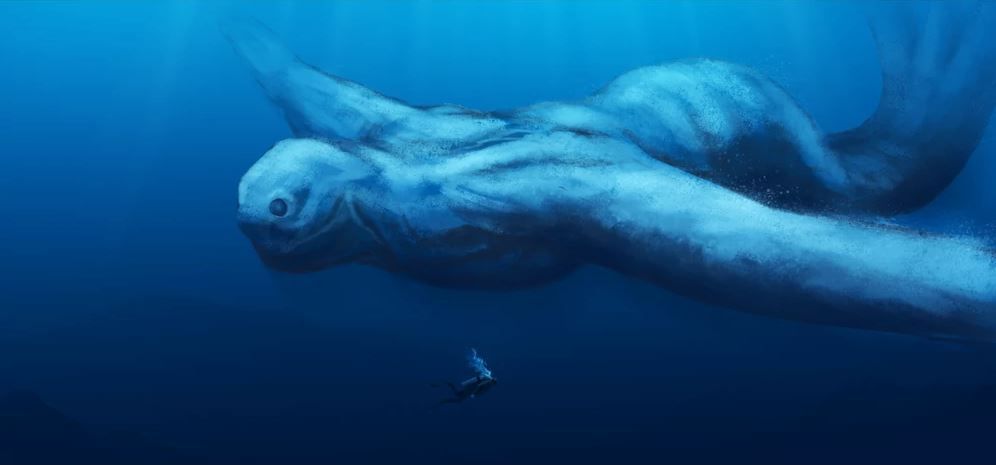A group of researchers, led by Professor Manabu Bessho-Uehara from Nagoya University, has unveiled an astonishing discovery in their newly published textbook, The World of Sea Cucumber. The team delves into the depths of the sea to explore the mesmerizing luminosity exhibited by deep-sea sea cucumbers.
Through a combination of their own findings and previous studies, the researchers shed light on the striking contrast between the unimpressive appearance of shallow-water sea cucumbers and the radiant glow emitted by their deep-sea counterparts. Utilizing a specialized camera attached to a deep-sea probe, the team presents stunning full-color images that showcase the previously unrecognized luminosity of these creatures.
The book also touches on the evolutionary journey of sea cucumbers, taking readers back to the Jurassic era, approximately 180 million years ago, when these fascinating organisms first illuminated the prehistoric oceans.
In a groundbreaking revelation, the researchers present evidence of previously unknown luminescence within ten deep-sea species, indicating a significant underestimation of their diversity. Among the discoveries is a member of the Molpadia order, previously believed to lack the ability to emit light.
Beyond showcasing the captivating features of these deep-sea inhabitants, Bessho-Uehara and his colleagues seek to communicate an important conservation message. Despite their existence in the remote depths of the ocean, sea cucumbers are not impervious to the threats posed by commercial exploitation, particularly from drilling operations that disrupt their delicately balanced ecosystem.
As deep-sea exploration and development persist, understanding the biodiversity and ecology of these fascinating creatures becomes increasingly crucial. Bessho-Uehara emphasizes the significance of works such as this book in assessing the impact of human activities on deep-sea ecosystems, highlighting issues like heavy metal pollution from discarded drilling mud and noise pollution disrupting sound communication. Furthermore, the researchers point out the need to examine the ramifications of disturbances in bioluminescent signaling, such as the obstruction of light by drilling mud, in order to safeguard the importance of bioluminescence on the deep-sea floor and promote sustainable development measures.
Bessho-Uehara is confident that The World of Sea Cucumber will prove invaluable to students interested in comprehending the complexities of marine ecosystems and the roles sea cucumbers play in these environments. This research unveils the enigmatic bioluminescent capacities of sea cucumbers, awaiting exploration within the obscure depths of the sea. With every discovery made, we inch closer to unraveling the mysteries surrounding their diversity and evolution, concluding Bessho-Uehara. He firmly believes that comprehending deep-sea ecosystems and the interplay among organisms will enhance our understanding of life on Earth as a whole.
*Note:
1. Source: Coherent Market Insights, Public sources, Desk research
2. We have leveraged AI tools to mine information and compile it




